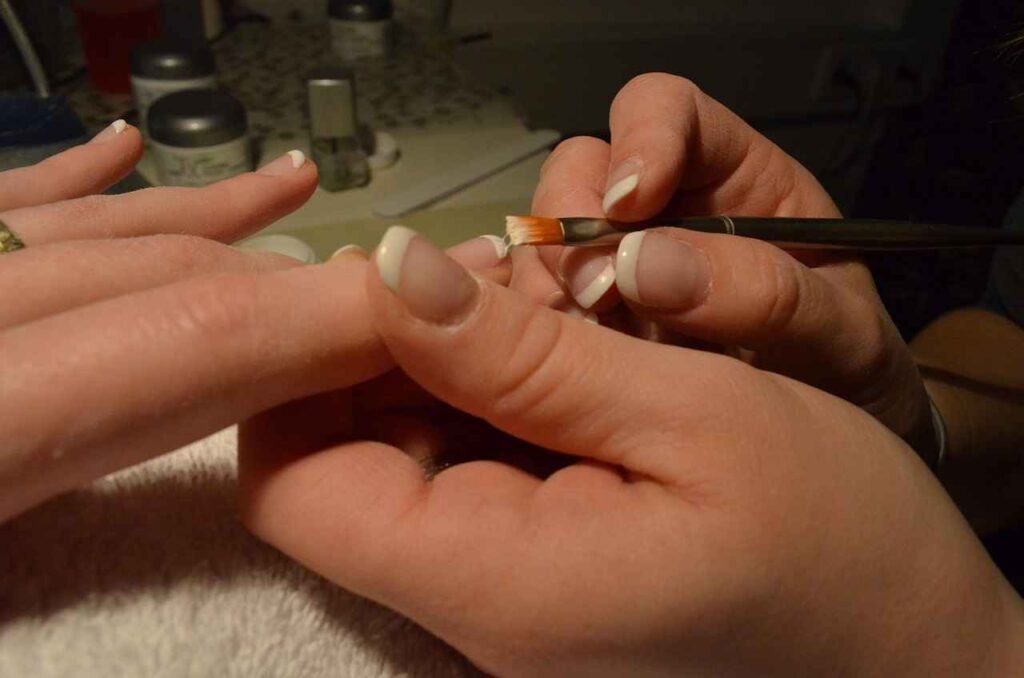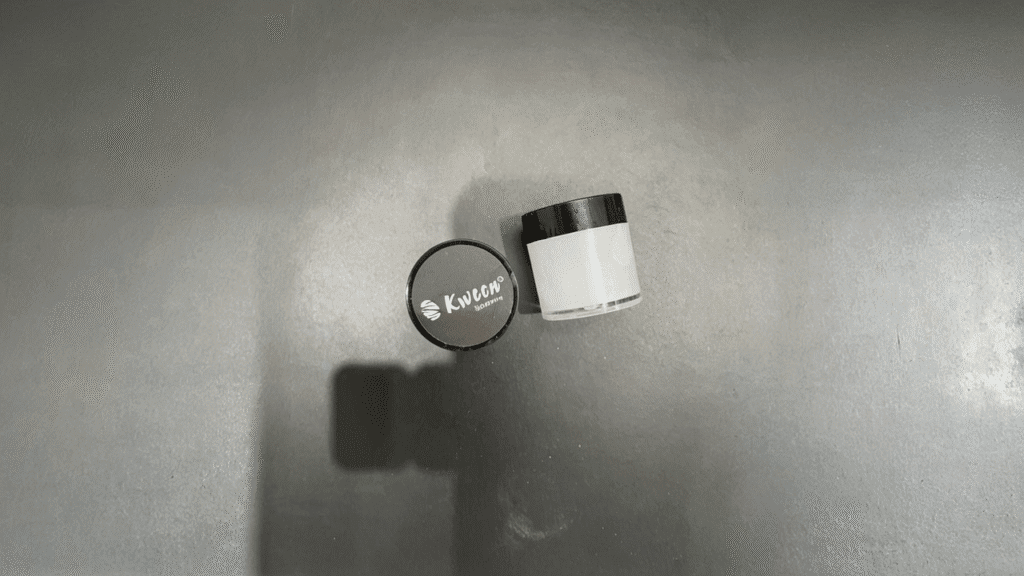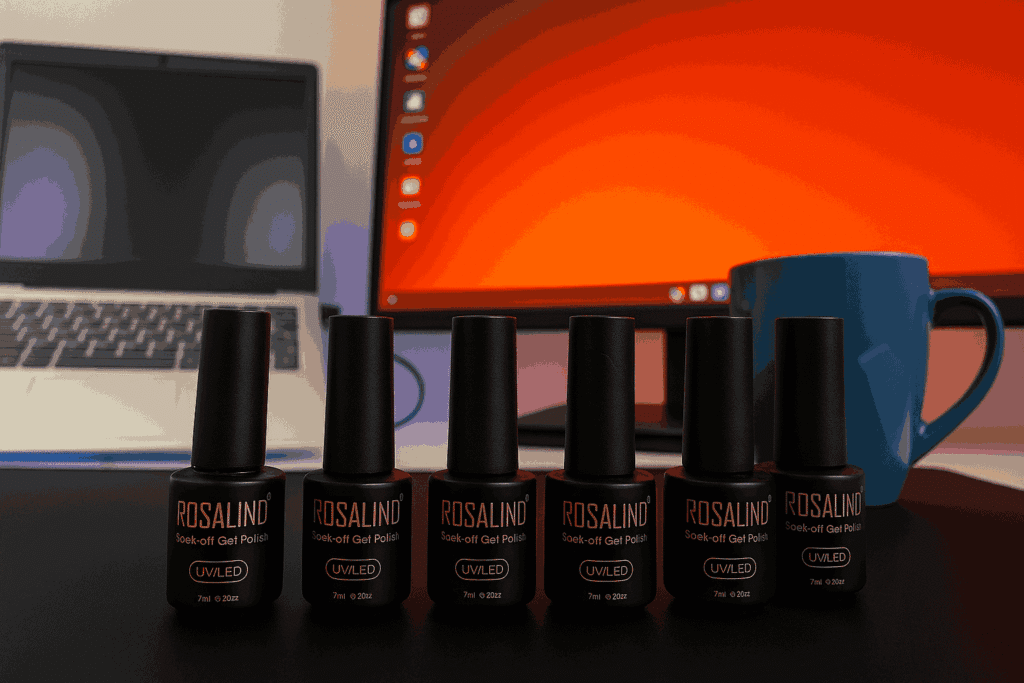There’s nothing quite like the feeling of a fresh, clean, and put-together manicure, especially when you’re rocking those red almond-shaped nails. I’ve spent years in the salon and at home doing DIY nail art, trying everything from extensions to acrylics, and even traditional lacquer. But recently, the debate around dip powder and gel polish has really taken over.
Both are popular options with distinct advantages, and trust me, choosing the right formula can be complicated—but it’s also what makes it so fun. Whether you’re a pro or just experimenting, knowing what nail treatments work best for your lifestyle and budget makes all the difference.
Over the past two years, I’ve gathered real insights from manicurists, studied methods, and seen how applying the right material can change everything—from how long it lasts to how often you need frequent visits to the salon. Both dip powder and gel polish belong to the acrylic-based family, but their qualities are so unique.
Dip powder gives a chip-resistant, durable, and light-wearing finish, while gel polish offers a stunning, glossy effect and feels a bit more natural. If you’re looking for a safer, healthy option for the long-term, it really depends on your nail growth, how strong you want your nails, and your daily routine. With all the types, ways, and differences, there’s no single best choice—just your go-to based on your needs in 2025.
What to Know Before Choosing Dip or Gel—The Answer
While both give glossy results, dip powder nails are more chip-resistant, highly durable, and last three to four weeks, while gels last around two to three weeks, but results vary person to person—especially for oily nail beds or chip-prone nails. For removal, dip powders take longer to remove (about 10–20 minutes in acetone) but are the gentlest option and less damaging long-term when removed slowly, preserving nail health, especially with nail-strengthening nutrients like vitamin E, calcium, and moisturized cuticles.
Gels may be soaked, pulled, or scraped off, but can leave nails soft or brittle. Though dip powder nails are about $5–10 more expensive, the longevity makes the cost difference feel negligible unless you love to change nail color frequently, making gels the more budget-friendly choice. Choosing the superior option depends on your nail strength, proper nail care, and quality materials used.
What Is Gel Polish?
Gel polish is a type of nail polish that comes in a lacquer bottle and is applied with a brush, just like traditional nail polish, but its formula includes acrylic monomers and oligomers that create a strong nail coating when exposed to UV light. As Tamara Di Lullo explains, this method uses a base coat, color, and topcoat in separate layers, each cured under a UV or LED light for 30 to 60 seconds.
Described by Minerva as a resin-like liquid, the catalysts in it react to light, making it dry and harden instantly. Many nail artists prefer gel nails for their strength, structure, and creativity in nail art, though they can be more flexible and may not last as long as dip powder, sometimes peeling over time.
Still, people like Rachael and Hanna find them appealing because they’re durable, rarely chipping, and often last two to three weeks. The cost of a gel manicure varies by salon, location, and the nail technician’s experience level, but you can expect to pay around $30 to $50.

What Is Dip Powder?
From my own nail journey, I’ve found dip powders to be a game-changer when it comes to achieving a long-lasting manicure without the hassle of traditional acrylic powders. Unlike gel nails, this powder form is applied by dipping each finger into a container after using a bonding liquid and base coat. The colored powder layers beautifully to build strength and can last up to four or even five weeks, thanks to the polymers that boost durability.
As celebrity nail artist Natalie Minerva points out, it’s perfect for those who want to reinforce their natural nail. Industry pros like Elizabeth Hanna from Nailing Hollywood often mention how the application is simpler and doesn’t require strong-smelling liquid monomers—instead, it uses nail resin, nail glue, activator, and a resin top coat to create a smooth, layered nail coating.
After the nails are buffed and filed, a top coat—or sometimes clear gel—is applied and cured under UV light or LED light to dry faster and stay shiny. Based on where you live, the cost typically ranges from $35 to $50, and the final look also depends on how experienced your nail artist is or which city you’re in. I remember learning this firsthand during a workshop led by Lia Smith, where she explained how dip powder is quite similar to acrylic but feels more modern and efficient.
Want to know what dip nails really cost? Don’t miss our breakdown on Dip Manicure Cost

Safety Concerns Around Gel Polishes
When working with gel polish, I’ve learned to be extra cautious, especially after hearing stories from experts like Rachael, who experienced overexposure that led to contact reaction and itchiness where the polish touched the skin. In some cases, it can spread and cause red bumps, blisters, and irritate the area. That’s why it’s key to make sure the product doesn’t touch your skin, and if it does, always remove it before curing.
Rachael also highlights the risk of UV exposure from curing lights, especially for those doing frequent nails. Having faced skin cancer herself, she consulted a dermatologist and now uses UV-protective gloves, applies sunscreen, and keeps it in her nail area as part of smart precautions. Whether you’re using UV or LED, these steps can help reduce the damage to your hands while still getting a great finish.
Safety Concerns Around Dip Powder Nails
In my time working with both methods, I’ve noticed that dip powder manicures at salons can raise a serious sanitary issue, especially when multiple fingernails are dipped into the same powder jar. This can lead to contaminated products and potentially spread bacteria, especially if someone has scrapes or cuts on their skin. If unclean hands go into the dip powder pot, the risk of contamination or infection rises, which even experts like Hanna warn about.
A clean trick I always recommend is asking your manicurist to sprinkle the powder onto your nails instead. Some clients, like creator and DIY manicurist Rachael, have even reported symptoms like runny noses, coughs, and sore throats—sometimes called the “dip flu.” To avoid these issues, take precautions like using a fan to circulate air, opening a window, or even wearing a mask during the process.
Benefits of Gel Polish
- Gel polish has a flexible formula that resists breakage and rarely cracks, helping to protect the natural nail from trauma, as noted by Di Lullo.
- It is considered more sanitary than dipping practices, where powder may come in contact with a client’s skin and then be re-used on other clients—a common problem that many responsible salons now avoid with updated service protocol.
- To reduce bacterial contamination, double-dipping is no longer recommended. Always check the application protocol at the salon before getting a dip manicure, as advised by the CND expert.
- According to Smith, gel polish is long-lasting, depending on the brand and product, and can last for two to four weeks without chipping or fading.
- The color payoff is even-toned because the pigment is finer and smoothly suspended in the gel, offering a clean finish.
- On the other hand, dipping powders, especially from lower quality brands, may show issues like pigment dots, fading, and inconsistent shades, something Di Lullo highlights from experience.
Benefits of Dip Powder
- Dip powder is known for its extra-strong formula, making it harder and more durable than gel, which is ideal for people with weak nails or those who do physical labor with their hands.
- It’s a great option for anyone who needs longer-lasting strength, especially in tough conditions, as highlighted by Di Lullo.
- Unlike gel polish, dip powders are air-dried and don’t need a UV lamp to harden each layer.
- Each coat takes around two minutes per coat to dry naturally, which helps avoid exposure to UV light during the process.
- However, some dip powder manis may still end with a UV gel topcoat, which requires curing under UV lamps or UV.
- According to Di Lullo, dip powders tend to last longer than gel because of their built-in strength.

Risks You Should Know About Gel Polish
One thing I’ve learned while working with clients is that most negative side effects of gel come during the removal process. Ripping off the gel without care can cause serious damage to the nail, which is why I always recommend getting it professionally removed or using a trusted DIY system made for gel polish removal.
Another side effect that worries many is the risk of irritation or even allergy. According to Di Lullo, although allergies to both dip and gel products are rare, you should never expose your skin to uncured products for prolonged periods of time.
Risks You Should Know About Dip Powder
Just like with gel polish, negative side effects from dip powder nails mostly come from improper removal or careless habits, not the products themselves. As Smith explains, these methods don’t actually damage the natural nail, but actions like peeling off the gel or powder product, prying it off, or the incorrect use of an e-file can seriously harm the nail plate. I’ve also seen damage when clients are not maintaining proper regular nail care, which over time can lead to irritation and sustain even deeper damage.
What’s Best for You? Let’s Break It Down
Choosing between dip powder and gel polish really comes down to your lifestyle, your nail condition, and how you want your nails to look—these are the key determining factors. If you have healthy natural nails and love flexibility, gel polish gives a more natural feel and shine, especially for simple, clean manicures.
On the other hand, if your nails are weak or damaged, dip powder offers more strength and hardness, making it a great choice for people who use their hands a lot since it’s more scratch-resistant, as Di Lullo and Smith both point out. While gel gives a natural look, dip tends to have a thicker application, which also appeals to some.
There’s no right or wrong choice—it’s all about personal preference and what fits your needs. Both options provide a long-lasting, glossy manicure. Think about the current state of your nails, your budget, and how long you want the results to last.
For those avoiding UV or LED lights, Hanna suggests dip powder may be the best option, while gel polish manis are better for those who enjoy intricate nail art. Make sure you consult a knowledgeable nail artist who can advise you on the right product for your nails. And as Rachael wisely says, both techniques are safe when used correctly with proper safety measures and quality products—misuse is what can cause damage or harm.
FAQS
What is the healthiest nail option?
From my experience working with different traditional techniques like acrylic and gel, I’ve seen how clients often worry about UV light exposure during the curing process. That’s where dip powder nails really shine. Unlike others, they don’t need UV lights, which reduces potential harm to your skin and nails. Not only are they a healthier choice, but they’re also highly resistant to chipping and peeling, making them ideal for longer-lasting manicures without constant salon visits.
What lasts longer, builder gel or dip?
From what I’ve seen in salons and on my own nails, a properly applied Dip Powder manicure usually outperforms Gel Polish in terms of wear time. While Gel Polish can look great for about 2 weeks, it’s more prone to chipping and lifting, especially on active fingers. Many women notice their mani is still ok overall, but small bits of damage can ruin the overall look. So if long-lasting wear matters most, Dip definitely takes the win.
What are the safest fake nails to get?
In my opinion, if you’re looking for fake nails that protect your natural nails, press ons are the perfect option. They are known as the least damaging choice because they eliminate the need for harsh chemicals, excessive filing, or heavy adhesives. You can still enjoy a flawless manicure while keeping the health of your nails intact and achieving great results with minimal risk.
What is the healthiest nail extension method?
When choosing a nail extension method, I’ve found that gel extensions are the healthiest and relatively healthier among all the options I’ve worked with. They don’t emit strong odours during application, and their curing process is much less harsh than others. What truly makes a difference is sticking to proper removal and regular maintenance practices, which really contribute to the overall health of your natural nails over time.

